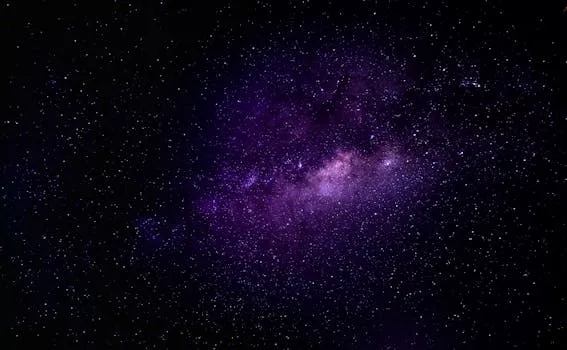
“
Beyond the Milky Way: Imagining New Worlds and Possibilities
Introduction to Beyond the Milky Way
Imagining new worlds and possibilities Beyond the Milky Way has been a topic of human fascination for centuries. With the advancements in space exploration and technology, we are now closer than ever to exploring the vast expanse of the universe. The possibility of discovering new worlds, meeting new civilizations, and understanding the mysteries of the cosmos is a thrilling prospect that has captured the imagination of scientists, philosophers, and science fiction writers alike.
Understanding the Milky Way
Before we can explore the possibilities beyond our galaxy, it’s essential to understand the Milky Way itself. The Milky Way is a barred spiral galaxy, consisting of hundreds of billions of stars, stellar remnants, interstellar gas, dust, and dark matter. It’s estimated to be about 100,000 light-years in diameter and contains a supermassive black hole at its center. The Milky Way is just one of the billions of galaxies in the observable universe, and each galaxy has its unique features and characteristics.
Exploring the Possibilities Beyond the Milky Way
So, what lies beyond the Milky Way? The answer is still a topic of debate and research among scientists. However, with the help of advanced telescopes and space missions, we have been able to explore the nearby galaxies and galaxy clusters. The Andromeda Galaxy, for example, is our closest galactic neighbor, located about 2.5 million light-years away. The Triangulum Galaxy, another nearby galaxy, is thought to be a satellite of the Andromeda Galaxy.
As we explore the universe, we are also discovering new types of celestial objects, such as exoplanets, neutron stars, and black holes. These discoveries have opened up new possibilities for the search for extraterrestrial life and the understanding of the fundamental laws of physics. For a deeper dive into the creative aspects of this exploration, check out Stellar Inspirations: Unleashing Creativity Beyond the Stars.
Imagining New Worlds and Civilizations
The possibility of discovering new worlds and civilizations is a tantalizing prospect that has captured the imagination of science fiction writers and scientists alike. With the discovery of exoplanets, we now know that there are billions of potentially habitable planets in the universe. The question is, are we alone in the universe, or is there other life out there?
The search for extraterrestrial life is an active area of research, with scientists using a variety of methods to detect signs of life, such as the presence of oxygen, methane, or other biomarkers. While we have not yet found definitive evidence of extraterrestrial life, the possibility of discovering life beyond Earth is an exciting prospect that could revolutionize our understanding of the universe and our place in it. This theme resonates with the ideas presented in Galaxies of Dreams: How Imagination Transcends the Night Sky.
Takeaways
- The Milky Way is just one of the billions of galaxies in the observable universe.
- The possibility of discovering new worlds and civilizations is a tantalizing prospect that has captured the imagination of scientists and science fiction writers alike.
- The search for extraterrestrial life is an active area of research, with scientists using a variety of methods to detect signs of life.
- The discovery of exoplanets has opened up new possibilities for the search for extraterrestrial life and the understanding of the fundamental laws of physics.
- The universe is full of mysteries and wonders, and exploring the possibilities beyond the Milky Way is an exciting and ongoing journey of discovery.
See more:
https://www.nasa.gov
https://www.esa.int
https://www.space.com





